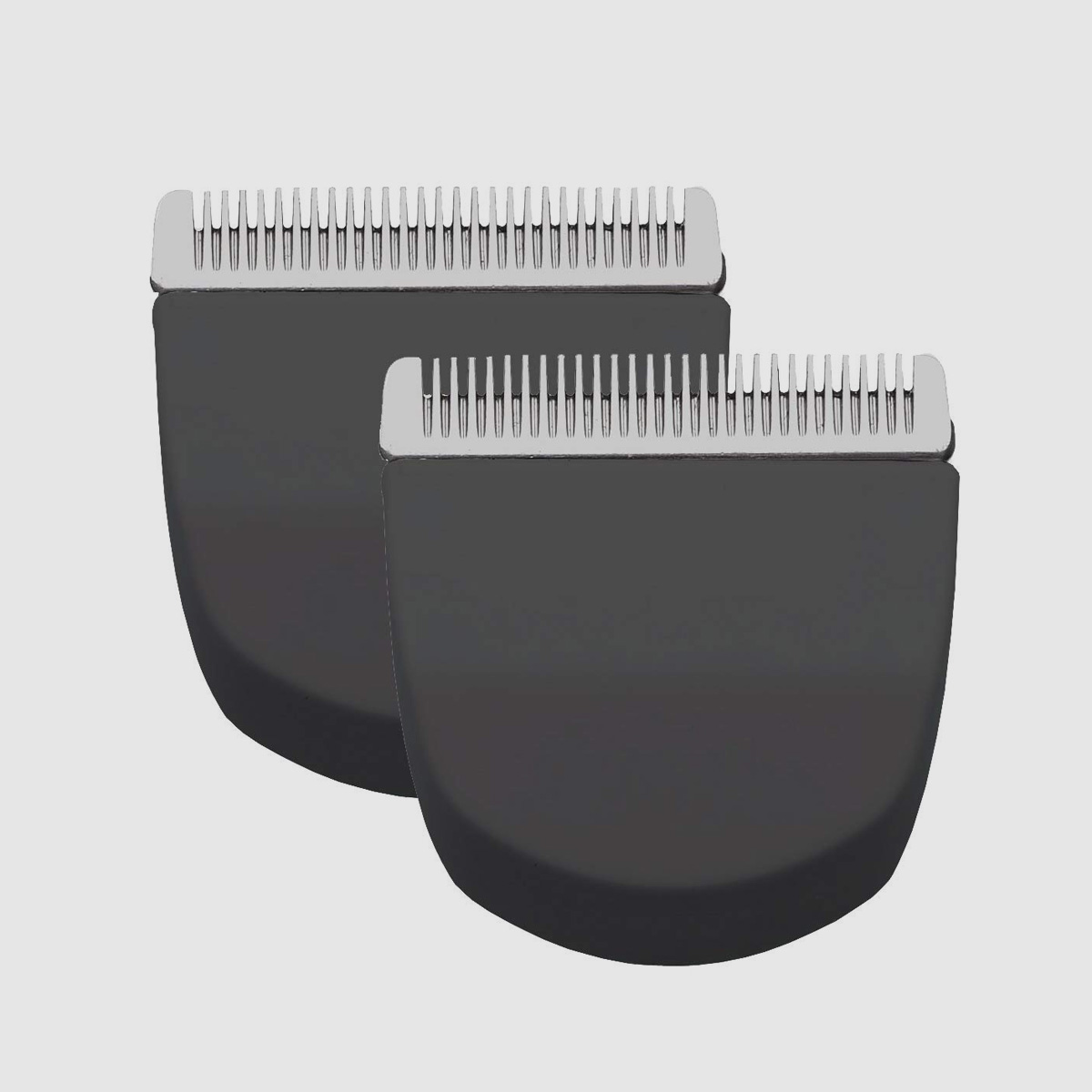Detailed Introduction of Hair Clipper Blade
2023-12-13
Hair clipper blades are an essential component of hair clippers, which are grooming devices designed for cutting and trimming hair. The blades play a crucial role in determining the cutting performance, precision, and versatility of the hair clipper. Here's a detailed introduction to hair clipper blades:
1. Types of Blades:
a. Detachable Blades: These blades are designed to be easily removed and replaced. They are commonly found in professional-grade hair clippers and allow users to switch between different blade sizes for various cutting lengths.
b. Adjustable Blades: Some hair clippers feature adjustable blades that can be adjusted to different cutting lengths without changing the blade. This provides versatility for various hair lengths and styles.
2. Blade Materials:
a. Stainless Steel: Many clipper blades are made of stainless steel, known for its durability, corrosion resistance, and sharpness. Stainless steel blades are easy to maintain and typically stay sharper for longer periods.
b. Ceramic: Ceramic blades are known for their sharpness and resistance to heat. They are often used in professional clippers and are suitable for those with sensitive skin as they generate less heat during use.
3. Blade Configurations:
a. Standard Blades: These are the most common blades that come with hair clippers. They are suitable for general hair cutting and are available in various cutting lengths.
b. Taper Blades: Taper blades have a specially designed edge that allows for smoother blending and fading between different hair lengths. They are commonly used for creating fades and tapered hairstyles.
4. Cutting Lengths:
a. Blade Guards: Different clipper blades come with corresponding guards that determine the cutting length. Guards are usually numbered, with a lower number indicating a shorter cut and a higher number indicating a longer cut.
b. Zero-Gap: Some professional barbers or individuals prefer to zero-gap their clipper blades, meaning the blades are adjusted so closely that there is minimal space between them. This provides an extremely close shave but requires careful handling to avoid skin irritation.
5. Maintenance:
a. Cleaning: Regular cleaning of clipper blades is essential to remove hair and prevent the accumulation of debris, which can affect cutting performance.
b. Oil Lubrication: Proper lubrication with clipper oil is crucial to keep the blades sharp and prevent rusting. This should be done regularly, especially if the clipper is used frequently.
6. Tips for Using Hair Clipper Blades:
a. Preparation: Ensure the hair is clean and dry before using the clipper. Wet hair can cause the blades to become dull more quickly.
b. Proper Technique: Use the clipper with a steady hand, moving it in the direction of hair growth for a smoother and more even cut.
c. Regular Checkup: Inspect the blades for any signs of wear or damage. Replace blades when necessary to maintain optimal cutting performance.
Hair clipper blades are a critical element in achieving precise and efficient haircuts. The choice of blade type, material, and maintenance practices can significantly impact the performance and longevity of the hair clipper. Regular care and attention to the blades ensure a smooth and effective cutting experience.



